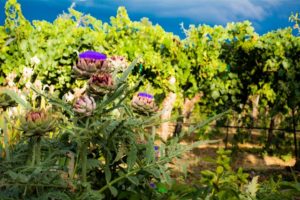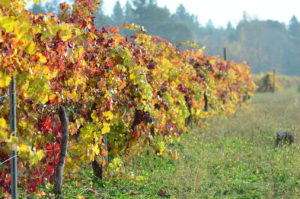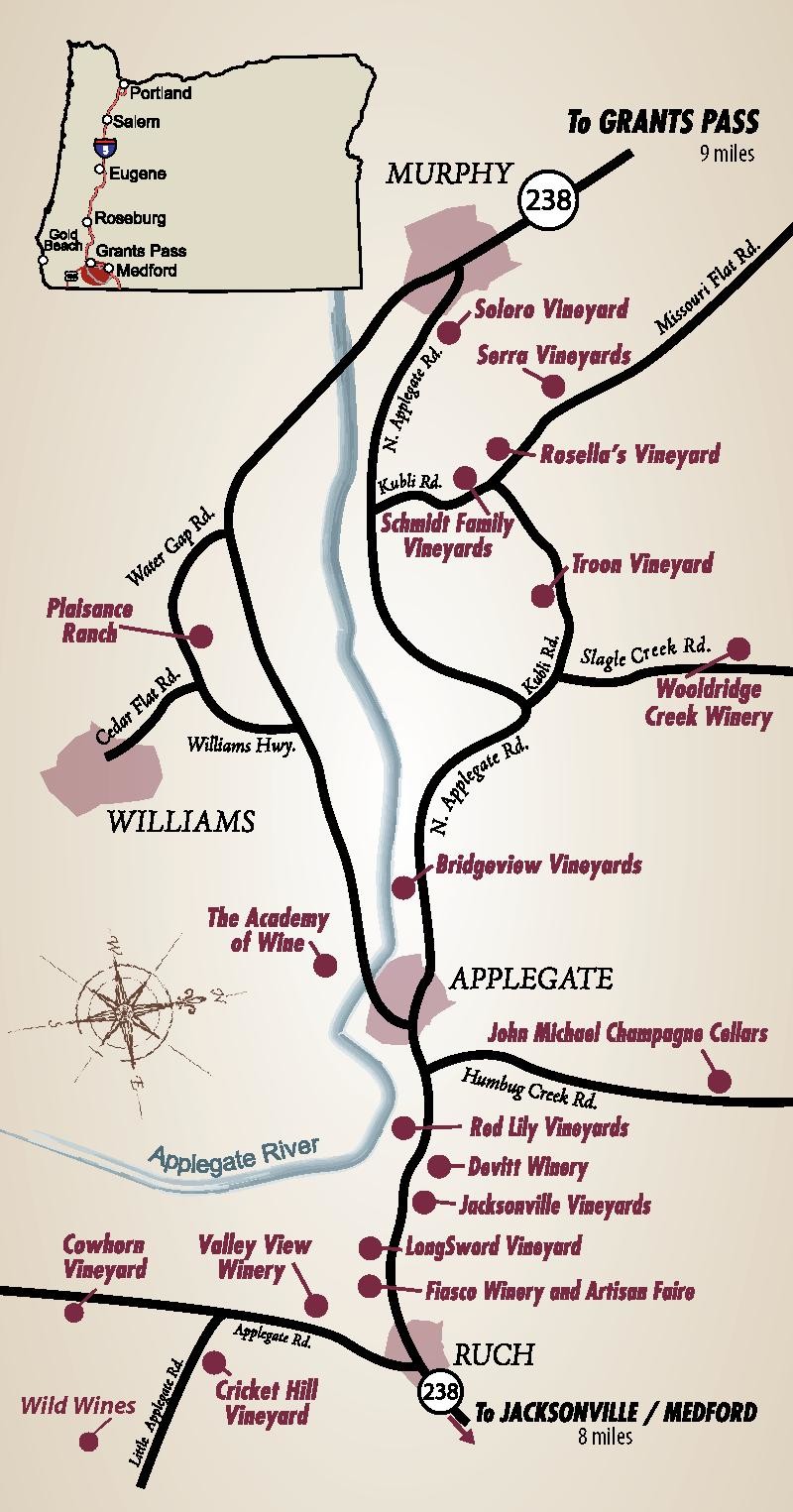Wine Tasting Parties with Zoom
We have passed the year mark of COVID and there is much left to be desired when hanging out with friends and family in a safe, non-boring way. We all miss going out and going to a wine tasting, but how about bringing this party to your friends through Zoom? Here are some tips and tricks that will help you create the best Socially Distant Wine Tasting Party! 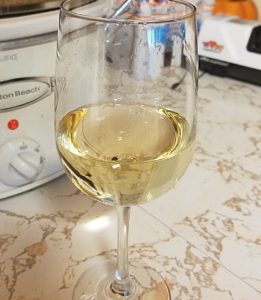
First, set a solid date and time. Gatherings these days (virtual or not) have a little less leeway when it comes to “just dropping in”, so invite your guests to take a virtual vote on a favored day and have some fun setting it up. The more group chats you have, the easier and more fun they get! Zoom parties are best after a small meal, so the guests can enjoy their finger food and wine without being too hungry. Eating a large meal over zoom juuuuust isn’t the same as when you’re around a nice table with others. Nobody wants to go home feeling like Bugs Bunny drilling through a bucket of carrots at the opera!
Step two. Create a theme. Wine tasting parties usually incorporate a theme such as only tasting one style of wine (red, white, Merlot, Pinot) or with one wine vendor (Like Rosella’s!). Once you find out what theme you would like to follow, it’s a good idea to learn some facts and the history of the wine. That way, you can wow your guests with some intriguing facts. Here at Rosella’s, we are always excited to tell you some of our favorite stories about our wines!
The third step is to send out some fun goodies! Rather than having everything online, give gifts! These can be crazy hats, wine tasting cards (so they can jot down what they think of each wine), a list of foods that can be bought to create good wine pairings, and even the wine bottles (or a list of the wines they need to get). These physical items aren’t as good as going out in real life, but it will give everyone some added fun! You can also send Washi tape or fake flowers so guests can decorate their walls and feel that much more connected with the festivities and people. If you want to liven it up even more, make sure that everyone has some cleared floor space to dance around. Have some music ready for the serious tasting time and music for the playfulness and dancing time to help set the moods and bring everyone together.
Be sure to schedule some time to account for technical issues and that everyone knows how and where to sign on without difficulty. There will always be one person who will forget to turn on their mic or video, so even if you don’t think that you will need this time, you will! Then, let the games begin!
Remember, enjoy yourself. Relax! This party is not only to learn more about wines, it is to enjoy the company of other people. Especially during this time, it is important to hold onto those important connections and we here at Rosella’s Vineyard & Winery want to help you have fun with your friends and family while enjoying amazing wine!! Now get on Zoom (or a similar platform), learn about wine and shake your thang with your friends!!!
~Cheers!
The History of Cabernet Sauvignon

If you like wine history, here are a few interesting facts you might enjoy!
Did you know that history can be made by a single mistake?
UC Davis scientists John Bowers and Carole Meredith were able to use fingerprint technology to find the connection between Cabernet Franc and Sauvignon Blanc in the creation of Cabernet Sauvignon. They theorized that this was an accidental creation due to no other cross-species being created during that time in that area. All that is known is this new brand of wine only became popular in the 18th century. Prior to that, there was little to no discussion.
Most likely, this wonderful grape was created in Bordeaux, due to its close proximity to the Garonne, Dordogne, and the Gironde rivers. This spot is also the birthplace of many other wine grape varieties since the time of the Roman Empire. During the 17th century, part of the marsh by the banks of these rivers was drained, which created the perfect soil for red grape growing.
The accidental creation of this wonderful grape led to its great popularity and the wine that is created from it, for good reason. It is a hardy plant, which leads to less disease, and the wine can be aged for over a century without it turning into vinegar. The grape itself is durable with thick skin, allowing better resistance to the cold and other small climate changes. Due to it being so durable, this grape can be planted almost anywhere there is warmth, although Tuscany and Bordeaux is still the premiere spot to grow. The Cabernet Sauvignon grapes are also not as picky as other grape wines when it comes to harvesting.

Cabernet Sauvignon also is well known for its taste and its color. The typical taste consists of high acid and tannin, along with it being medium to full body. There are some notes of black cherry, green pepper, and vanilla from its aging in oak barrels. The grapes themselves have a sweet periwinkle blue color. Once they are harvested and created into the delicious wine we know today, the color changes to a deep burgundy that turns scarlet at the rim. One interesting characteristic of Cabernet Sauvignon is the high alcohol content. It can range anywhere from 13.5-15%! This high range can also be a reason for its strong following.
Great pairings for Cabernet Sauvignon include:
- Portabello Mushrooms
- Beef Short Ribs (you may have tasted this pairing with a prior wine club release)
- Cheese & Crackers (the stinky kind of cheese 😉
- Roasted Duck
- Dark Chocolate Cake
- And our famous Spretzels …. Of course!
Don’t know the last time you’ve tasted a great Cab? Come on by the Tasting Room and pair our wine with the history you’ve just consumed! Larger groups, please call ahead. 541-846-6372
Why Decant Your Wine?
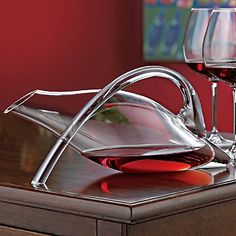
We all need to take a breather once in a while, and great wine is no different.
Wine has a life and breadth to it that, sometimes, needs to expand to allow the full strength of the wine to be enjoyed. As it is exposed to the air, some of its components are changed. There are some wines that should be aerated, also known as decanting, while others should be poured from the bottle with as little contact to the air as possible.
One rule of thumb is most red wines are great at being decanted. While this is not the case with Zinfandel or Pinot Noir, it is great for red wines that are younger, bigger, and more tannic. Why you may ask? Well, to decant, or breathe, the wine, allows them to age a little more. You may want to try it with our Merlot or Nui Awa.
As you are learning about the wonders of decanting, you may be thinking how can this simple step create such a difference? Well, there are two reasons that decanting works. First is the aesthetics. Wine, as it matures, will form sediments that can “muddy” the wine. This sediment has the power to deaden the flavor and its expression. Even with the filtration systems that have been in use for years now, there is always the creation of sediments. 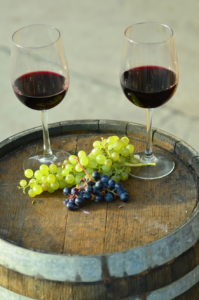
There are a few reasons why you would want to decant. One reasoning is presentation. Depending on the type and age of the wine, its sediments can cloud the liquid, making the overall presentation not as appealing. Another reason is to enhance the flavor through aeration. Some wines, mostly reds, can have gasses that have been trapped in the bottle due to a lack of oxygen. By introducing oxygen back into the wine, the gasses are released, which allows a more clear taste to expand. The third reason is a broken cork! Sometimes, a cork is broken while the bottle is opened, which will lead to small objects floating in the wine. Not something to look forward to! In this instance, I would recommend using a wine strainer, to make sure that none of the small pieces of cork will pass into the bottle.
If you decide to decant due to sediments, there might be a few steps that need to be followed before you enjoy your wonderful wine. If you have your wine stored horizontally, you will need to let it sit vertically for a few days to allow the sediments to fall to the bottom of the bottle. You will also need to be sure that the wine has not moved for a few days prior to opening, due to the disruption of the solids, especially in older wines.
When you are ready to decant, make sure that the wine is moved slowly with little jostling. As you are pouring, have the neck touch the shoulder of the decanter. Pour slowly at a 45-degree angle and stop as soon as you see the sediment leave the bottle. This way, there will be the least amount of sediment in the wine that you will enjoy. If clarity was your only goal, then you’re on your way to the perfect glass If you are trying to aerate the wine, then there are some more steps.
“Do not fear the smell of rotten eggs!” This smell is created by hydrogen sulfide, which is one of the main components of wine that makes wine not as breathable. It should take 30-60 minutes for the compounds to diffuse completely. This specific compound is very common in red wines that have “been produced under hermetic conditions and sealed with very tight closures.” Therefore, the decanting step is very important.
Once you decant a wine, you shouldn’t put it back into the bottle. After some time, usually a few days, the aeration process will continue and will lead to diffusing most of the components, leaving the wine to be obsolete. …I know I know, obsolete wine? Alas, it does happen.
Many red wines can be enhanced through decanting, but there are only a few white wines that can use this step. Only Chardonnays and Burgundy white wines can really be enhanced. It should only take around 30 minutes for the wine to fully breathe. You will know when the wine is ready when their secondary aromas leave. These smells are rotten vegetation, a struck match, or an asparagus smell. Make sure not to decant these wines close to your guests, or they might be a little confused about what’s on the stove. Most white wines will not have these scents, which leads to them not needing to have this step.
Another reason to decant your wines is presentation. Many decanters are a work of art. There are different types of decanters for different wines and each one is more beautiful than the last.
There are seven main types of decanters. Swan, Cornett, Duck, Standard, Small, Medium, and Large. Each one has a different strength. Those with a wide base are best for full-bodied reds, such as Cabernet Sauvignon. The medium-sized decanters are best for medium-bodied reds, like Merlot, while the small and medium-sized decanters are best for light-bodied, such as Pinot Noir. When you want to open a white or rose wine, a small decanter that has been chilled is a wonderful choice.
Even though this feels like an elaborate science class, you will be able to enjoy your wine even more. Check out this article for the decanting time of each type of red wine.

